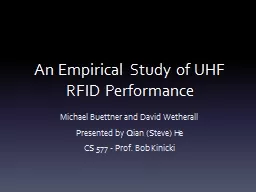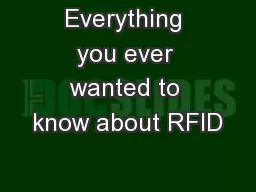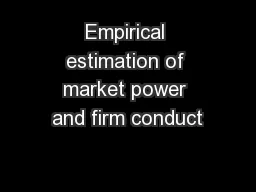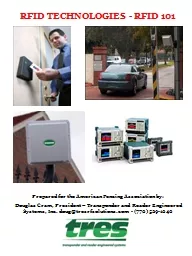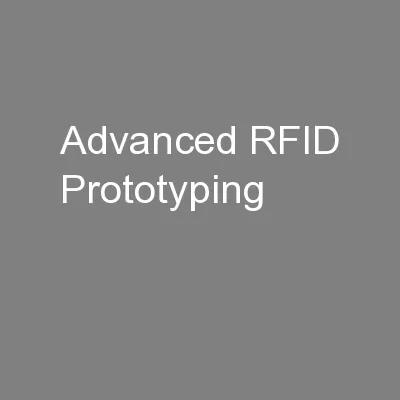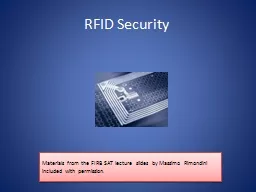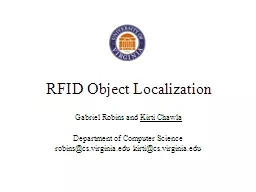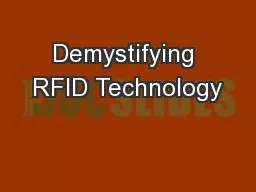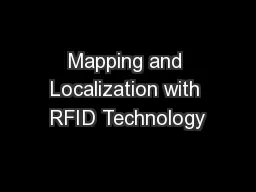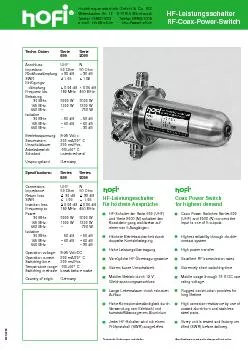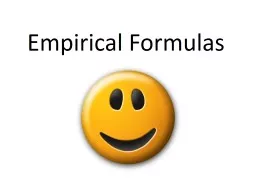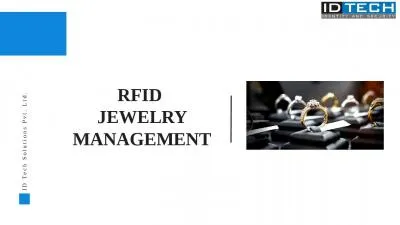PPT-An Empirical Study of UHF RFID Performance
Author : tatyana-admore | Published Date : 2019-06-20
Michael Buettner and David Wetherall Presented by Qian Steve He CS 577 Prof Bob Kinicki Overview Introduction Background Knowledge Methodology and Tools Experiment
Presentation Embed Code
Download Presentation
Download Presentation The PPT/PDF document "An Empirical Study of UHF RFID Performan..." is the property of its rightful owner. Permission is granted to download and print the materials on this website for personal, non-commercial use only, and to display it on your personal computer provided you do not modify the materials and that you retain all copyright notices contained in the materials. By downloading content from our website, you accept the terms of this agreement.
An Empirical Study of UHF RFID Performance: Transcript
Download Rules Of Document
"An Empirical Study of UHF RFID Performance"The content belongs to its owner. You may download and print it for personal use, without modification, and keep all copyright notices. By downloading, you agree to these terms.
Related Documents

